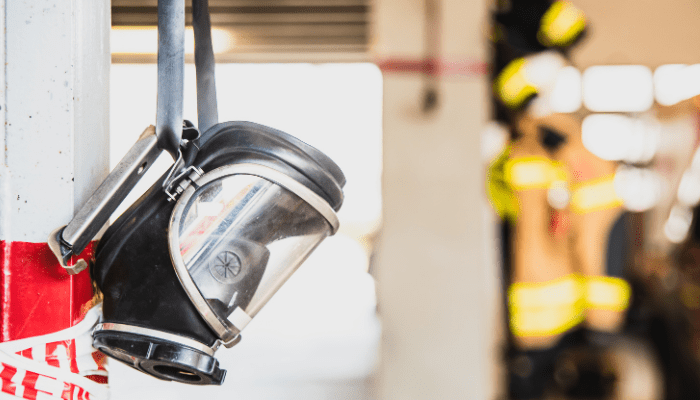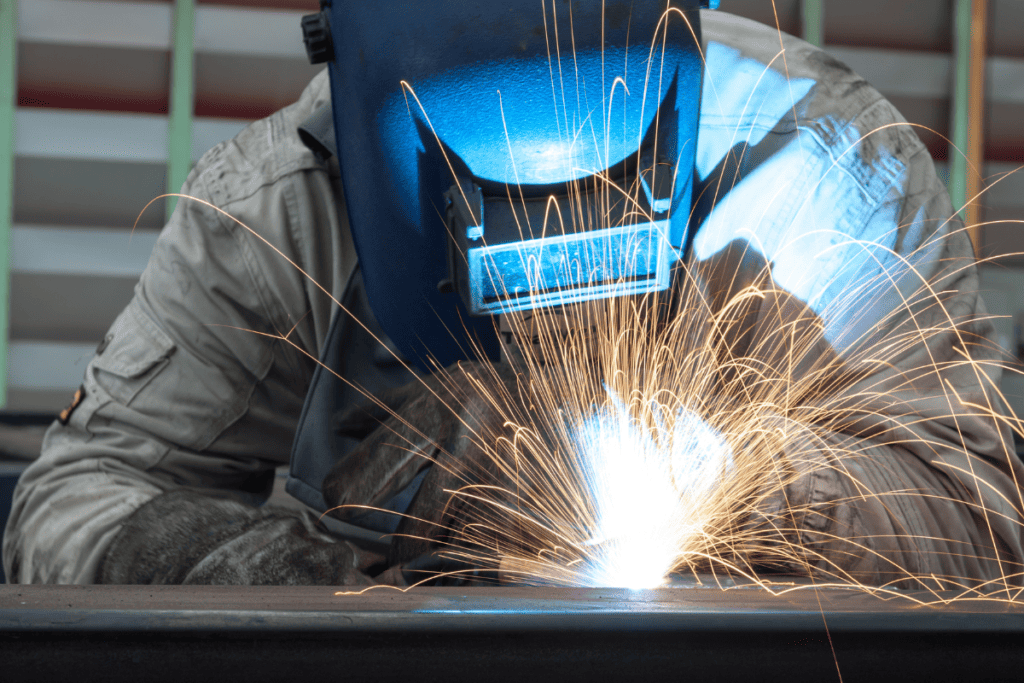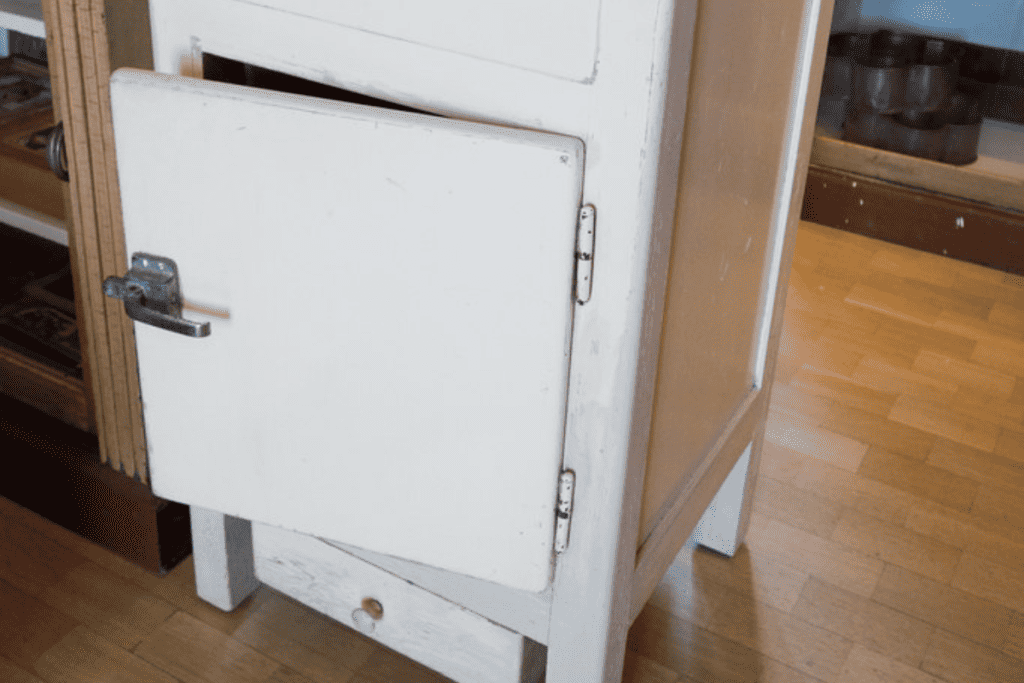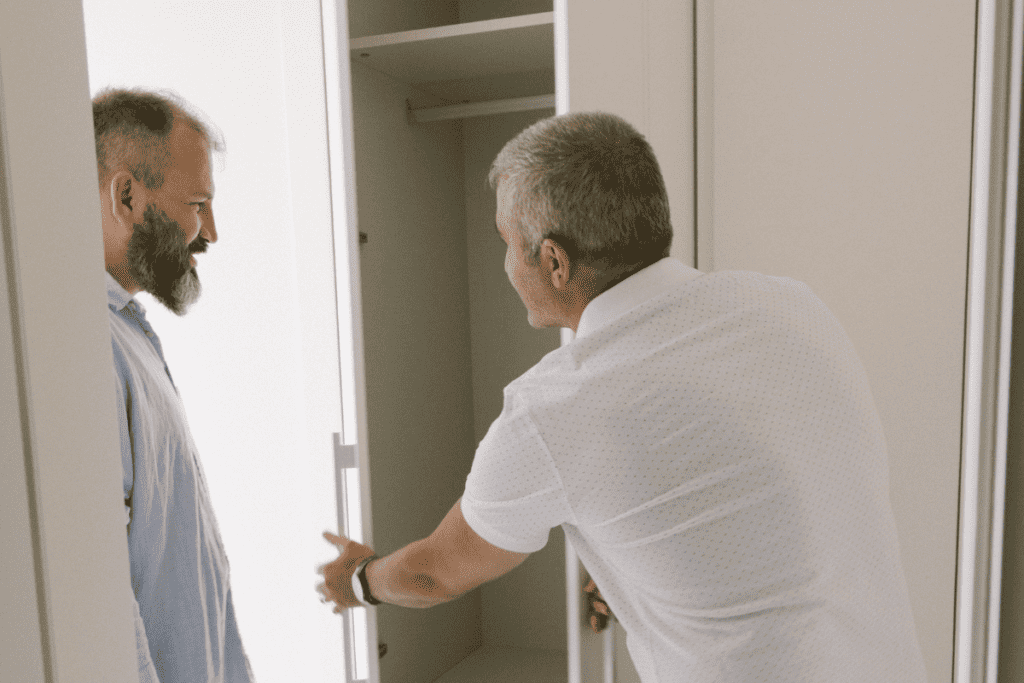Is it Safe to Breathe in a Gun Safe? Exploring the Risks and Precautions

If you can protect your gun safe, you should also protect yourself. Let’s understand the risks and safety precautions of gun safe air quality.
Gun safes are supposed to protect your firearms from theft, damage, and unauthorized access. However, many gun owners overlook a critical aspect of gun safe ownership – the risks associated with breathing in the air inside the safe.
Many gun owners need to pay more attention to the importance of air quality within their gun safes. Poor air quality can lead to health problems, especially for those who spend much time on their safes.
Breathing in toxic fumes or gasses can have serious health consequences.
In this article, I will discuss the importance of gun safe air quality, the risks of toxic poisoning, the impact of poor ventilation, how to improve air quality, and common misconceptions.
How Gun Safes are Made

To understand the risks of breathing in the air inside a gun safe, it’s essential to understand how gun safes are made.
Most professionally produced gun safes are typically solid metal, making them incredibly resilient to theft and damage.
The safe, however, is also likely to be airtight, which means that air cannot circulate inside the safe.
Without enough ventilation, dangerous chemicals may build up and harm your health.
The safe might include dangerous materials like lead, cadmium, and mercury that could result in headaches, lung problems, and occasionally even death.
Therefore, ensuring enough ventilation to prevent this poisonous buildup is essential.
Risks of Breathing in a Gun Safe

The airflow into and out of gun safes is hampered since many of them are made of metal and firmly sealed. Inadequate ventilation can lead to dangerous pollutants building up and posing serious health risks.
We will examine the dangers of inhaling the air within a gun safe and provide suggestions for accessing your firearms securely.
1. Mold and Mildew
When a gun safe is not well-ventilated, mold and mildew may build up. You might inhale mold and mildew, which not only causes allergic reactions but can also bring dangers to our health, particularly respiratory and lung problems.
2. Dust and Debris
Dust and debris are potentially hazardous to our health. Wear a mask or protective devices so these harmful substances won’t cause health complications to your respiratory tract.
3. Carbon Monoxide Poisoning
Do you know that the air inside a gun safe can become contaminated with various gases, including carbon monoxide?
The chemicals can cause dizziness, headaches, nausea, and even death. It is important to ensure the air inside the gun is safe, clean, and free of harmful gases before going near it.
4. Other Toxic Chemicals
Other harmful gases inside gun safes include nitrogen dioxide, hydrogen cyanide, and sulfur dioxide. These gases can bring numerous health issues, such as respiratory infections, asthma, and even cancer.
Precautions to Take While in a Gun Safe

You can lower your chance of exposure to harmful chemicals while inside a gun safe by taking several safety measures. The precautions and their significance are listed below.
1. Wear a protective mask.
When opening the safe, put on safety gear like gloves and a mask. This will lessen the chance of exposure to harmful chemicals.
2. Do not smoke or use open flames.
Avoid smoking or using any tobacco products inside the safe. This raises the possibility of exposure and can result in inhaling harmful chemicals.
Smoking near open flames can also start fires, especially when gun owners store their weapons and ammunition together.
3. Keep the gun safe, clean, and organized.
Cleaning your gun safe keeps your firearms in good condition and ensures safety at all times.
4. Limit time spent in the gun safe.
Limit time in your gun safe to avoid prolonged exposure to toxic gases.
Warning Signs and Remedies for Toxic Gas Poisoning in a Gun Safe
When dangerous gases like carbon monoxide are present in the air, toxic poisoning can occur. When carbon monoxide is breathed in, it lowers the quantity of oxygen the blood can carry, which causes oxygen deprivation.
These dangerous fumes can bring on headaches, nausea, dizziness, confusion, and even unconsciousness. Carbon monoxide exposure over an extended period can harm the brain permanently.
Below is a summary of the preliminary symptoms of poisonous gas poisoning, along with first aid measures to take before contacting medical assistance.
1. Headache
One of the symptoms of toxic gas poisoning is a headache. It can range from mild to severe and can be accompanied by other symptoms such as dizziness, confusion, and fatigue.
2. Dizziness or lightheadedness
Dizziness is another common symptom of toxic gas poisoning. It can be identified by dizziness or a sensation of whirling in the head. It may be especially risky if it happens while working heavy machinery or while driving.
3. Nausea or vomiting
Vomiting may follow nausea, a common sign of toxic gas poisoning. If a person cannot keep fluids down, this can be extremely harmful because dehydration can develop very quickly.
4. Shortness of breath
Another typical sign of poisoning from poisonous gases is shortness of breath. This might be minor to severe and come with other symptoms, including coughing and chest pain.
If you believe you or someone you know may be suffering from toxic gas poisoning, follow these first-aid steps:
- Step 1: Leave the area and get some fresh air.
Open windows and doors to increase ventilation and remove any sources of gas.
Refrain from using fans or devices that may circulate the toxic gas throughout the room.
- Step 2: Seek medical attention immediately.
Call emergency services or go to the nearest hospital or urgent care center. The medical team will evaluate the individual’s symptoms and provide appropriate treatment.
In some cases, oxygen therapy may be necessary to help the individual breathe more easily and increase the amount of oxygen in the bloodstream.
In addition to seeking medical attention, individuals can do a few things to help alleviate symptoms of toxic gas poisoning while waiting for medical help.
These include lying down and resting, drinking plenty of water to stay hydrated, and avoiding activities that may worsen symptoms.
Toxic gas poisoning is a serious condition that requires immediate attention. If you or someone you know is experiencing symptoms such as headache, dizziness, nausea, or shortness of breath after inhaling toxic gas, immediately prevent further exposure and seek medical attention immediately.
Conclusion
Regarding gun safety, it is important not to ignore the relevance of gun-safe air quality. Poor air quality can lead to health problems, including toxic poisoning.
It is also necessary to utilize the best dehumidifier and activated carbon air filters to eliminate dangerous gases from the air and ensure your gun safe has enough ventilation.
Ensure your gun safe is routinely cleaned and maintained to maintain appropriate air quality.
These recommendations will help you keep your firearms adequately protected while ensuring your safety and the safety of those around you.
By prioritizing breathing and guaranteeing clean air inside your gun safe, you can provide sufficient protection for your firearms while ensuring the safety of yourself and those around you.
FAQs
Can you suffocate inside a gun safe?
Spending too much time in a gun safe is not recommended. Although most gun safes are not airtight, you may still be at risk of inhaling dangerous substances.
Can you get carbon monoxide poisoning from breathing inside a gun safe?
Carbon monoxide is a potentially hazardous chemical. The gun safe itself does not produce this type of gas. However, this chemical released by the firearms stored can cause poisoning.
How do you properly ventilate a gun safe?
Proper ventilation can be achieved by installing fans or leaving the safe door open at least twice a month.
Sources
Why A Gun Safe Is A Must If You Own Firearmshttps://www.ftknox.com/why-a-gun-safe-is-a-must-if-you-own-firearms/.
Risks, risk assessment and risk competence in toxicology Stahlmann & Horvath https://www.ncbi.nlm.nih.gov/pmc/articles/PMC4507061/
Carbon Monoxide Poisoning
https://www.hopkinsmedicine.org/health/conditions-and-diseases/carbon-monoxide-poisoning
